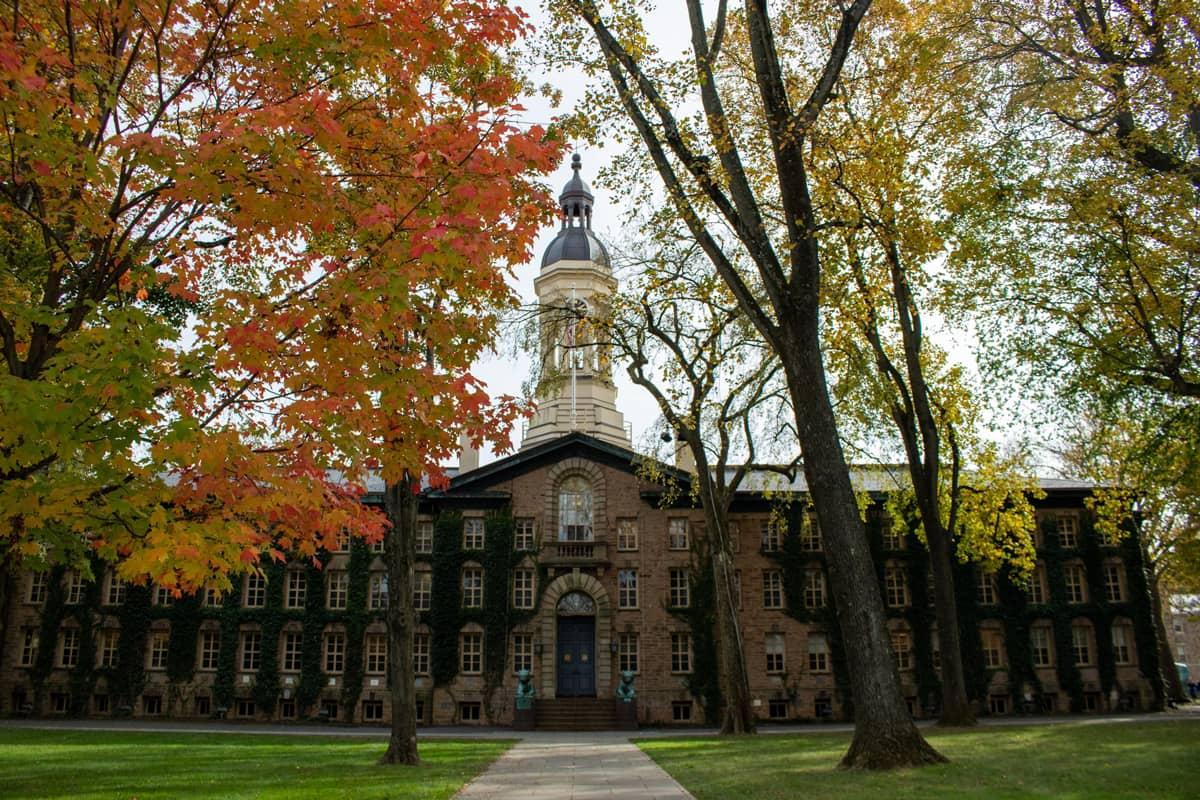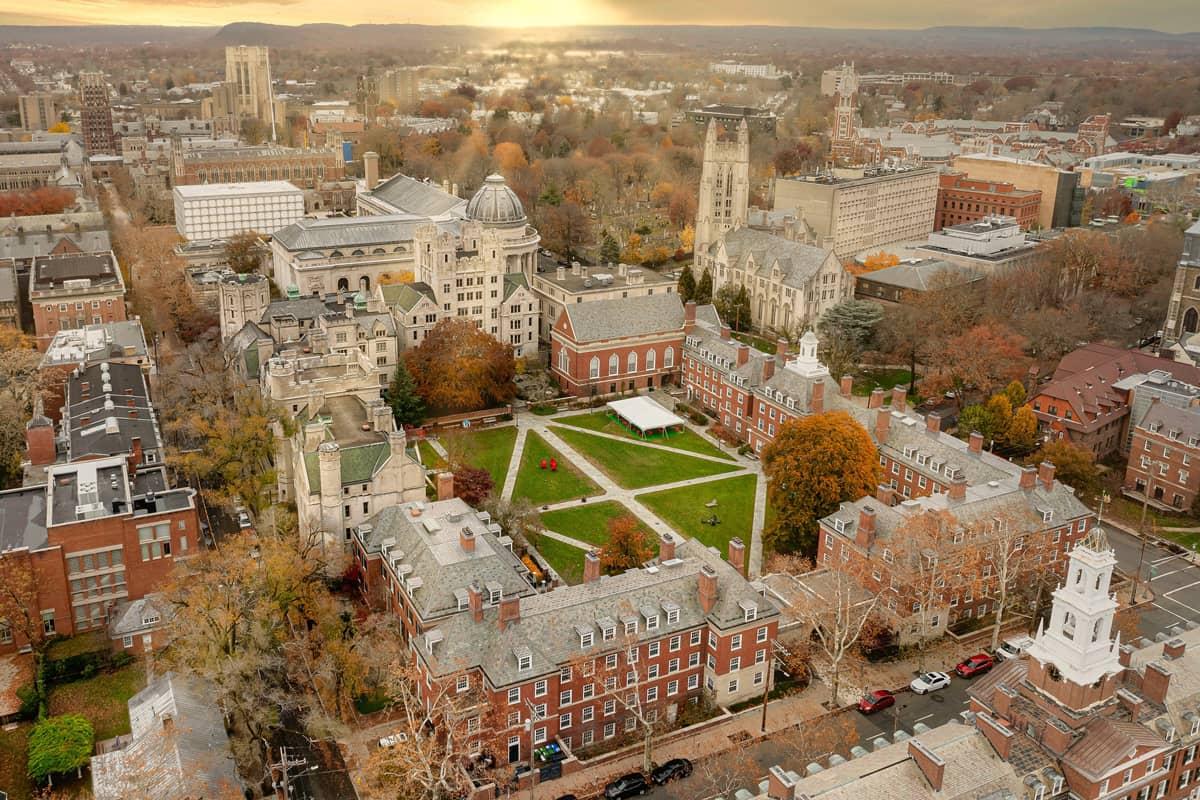Studying in the United States
The United States boasts the world's largest international student population, with over 1,000,000 students choosing to pursue their education and life experiences at a U.S. college or university. International students constitute approximately 5% of the total student enrollment in U.S. higher education, and this number continues to grow.
Since the mid-1950s, when international student enrollment was a mere 35,000, international education in the United States has come a long way. One of the most appealing aspects of the U.S. higher education system is its flexibility, demonstrated by the sheer number and diversity of institutions it encompasses. The diversity within the U.S. educational system allows students to specialize in a wide range of fields and even acquire employment-related training.
Approximately 4,000 accredited institutions comprise the U.S. higher education sector. Unlike many countries, U.S. higher education institutions are not centrally organized or managed but are instead accredited by independent national or regional accreditation agencies.

Why Study in the United States?
Global Ranking: The United States is home to some of the world's most prestigious universities. According to the QS World University Rankings 2024, 16 of the top 50 universities globally are located in the United States.
Diverse Range of Programs: U.S. universities offer a wide array of programs for students to choose from.
Career Prospects: The United States is not only renowned for Silicon Valley but also houses the largest number of Fortune 500 companies.
Research Opportunities: U.S. universities provide world-class research opportunities and renowned faculty.
Scholarships and Financial Aid: The United States offers the highest number of scholarships and assistantships.

Diversity of Educational Opportunities
A wide variety of institutions offer higher education degrees. For instance, liberal arts colleges provide programs in the arts, humanities, languages, and social and physical sciences. The majority of liberal arts colleges are private. Private colleges and universities are funded through a combination of endowments, alumni donations, research grants, and tuition. Private colleges and universities tend to be smaller than public institutions and may have religious affiliations or be single-sex schools.

Opportunities for Research, Teaching, and Learning
You may be able to gain valuable experience through teaching and/or research while helping to fund your education in the United States, especially if you are a graduate student. Many graduate programs offer teaching and research assistantships that allow students to serve as teaching assistants for undergraduate students and/or research assistants on special projects exploring various aspects of their field of study.
International students are some of the most valuable teachers and researchers at U.S. universities because they bring new skills and ideas to the classroom, library, or laboratory. This practical component of your education will be beneficial to your future career and may provide insights into your field that would not be possible through coursework alone.

Global Education and Long-Term Career Prospects
Experience in an international environment is a marketable commodity. Many employers seek the broad range of knowledge, adaptability, and experience that international students acquire by studying in the United States.
American companies are increasingly seeking a strong global presence. They often look to hire employees who not only possess multicultural language skills but can also assist with communication, negotiation, and conducting business across different cultures.
The United States is not the only country seeking strong candidates when hiring; international students are in high demand elsewhere as well. In recent years, international companies have become more active in recruiting from the pool of international student graduates.
Your long-term career prospects can be enhanced through your experiences by developing confidence, independence, and intercultural skills - qualities that are highly sought after by employers worldwide.
Degree Level | Duration (Years) | Post-CompletionWork Authorization (PSWR) | Average Annual Cost (USD) |
Associate Degree | 2 | Up to 3 years | 10,000 - 20,000 |
Bachelor's Degree | 4 | Up to 3 years | 15,000 - 60,000 |
Master's Degree/MBA | 1-2 | Up to 3 years | 15,000 - 70,000 |
Doctorate (PhD) | 4-7 | Up to 3 years | Varies by University |